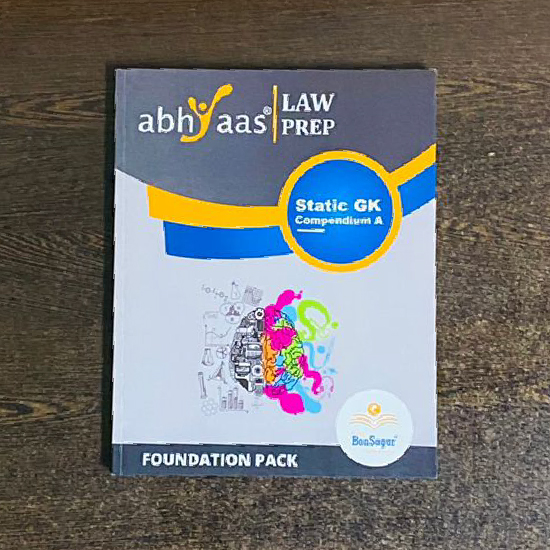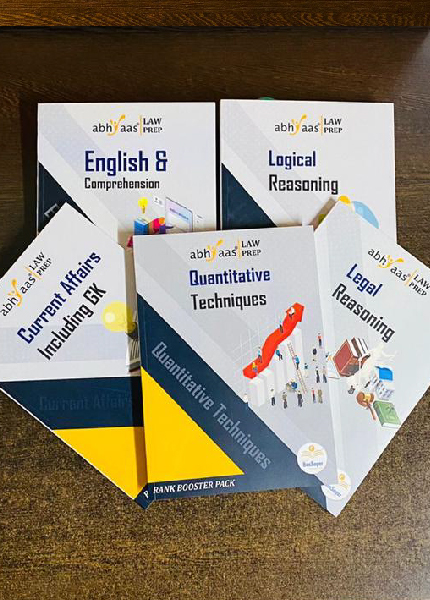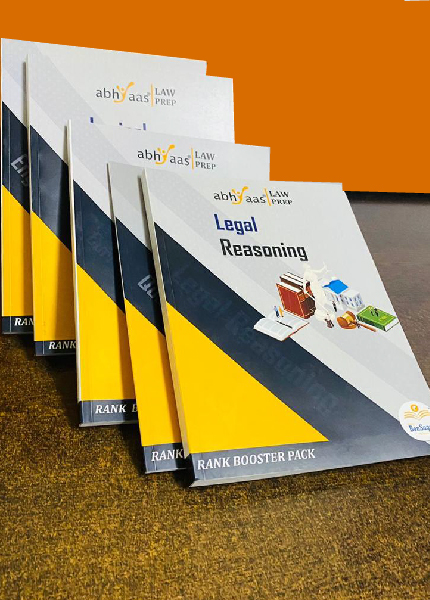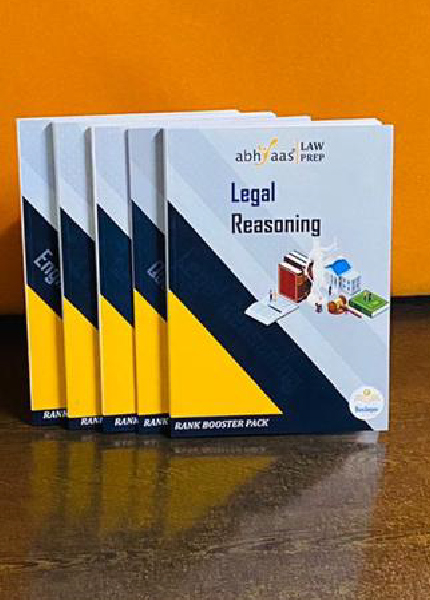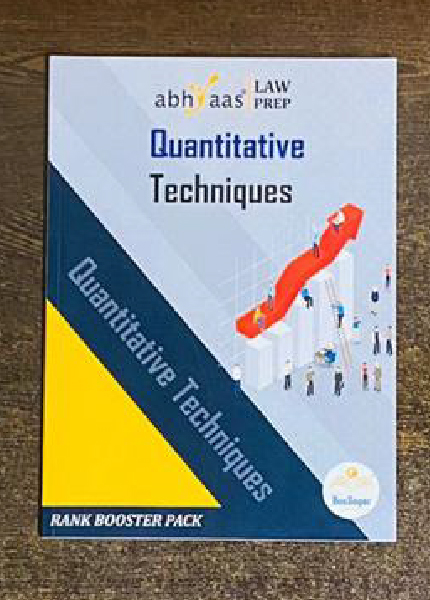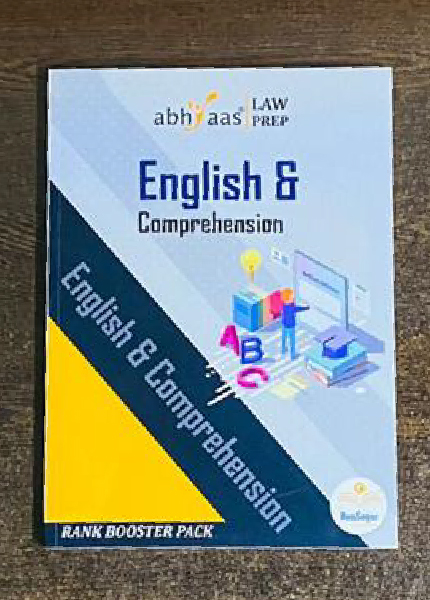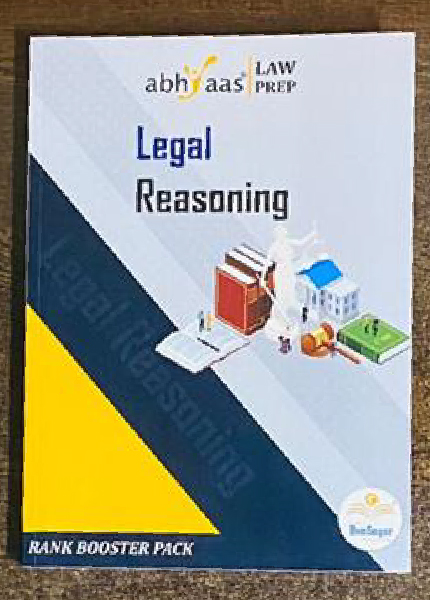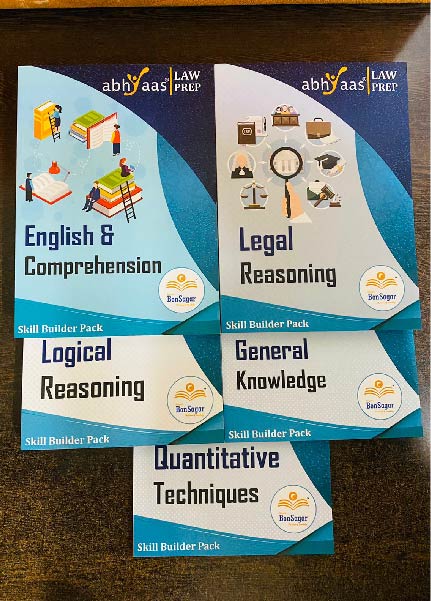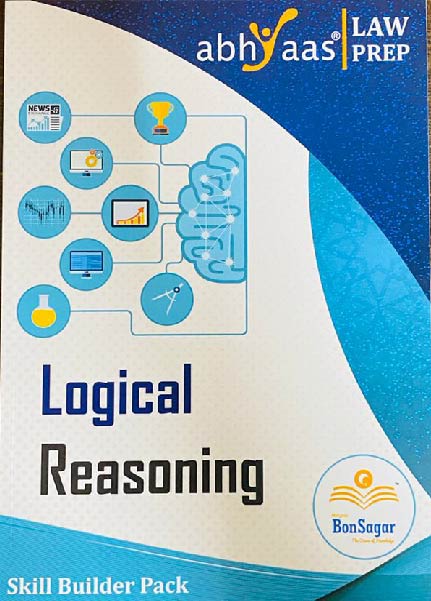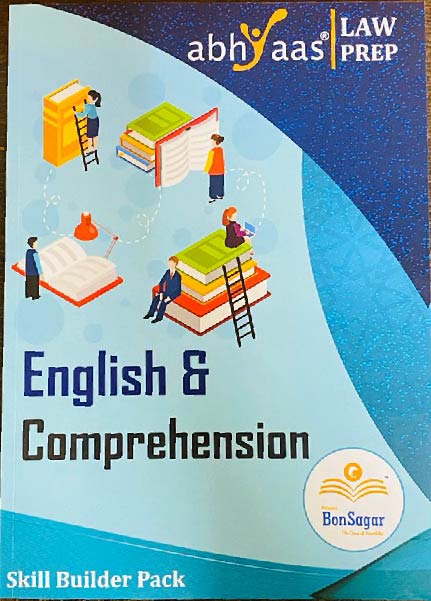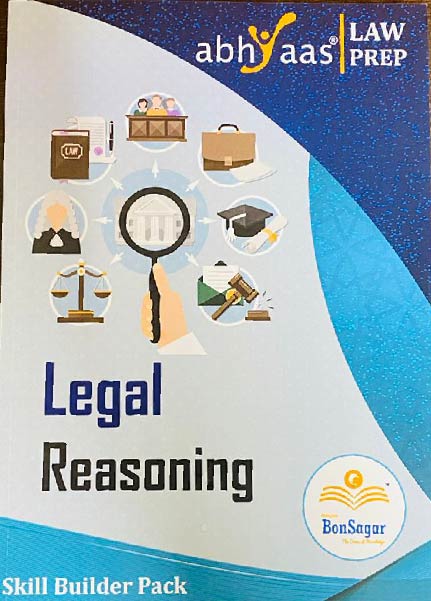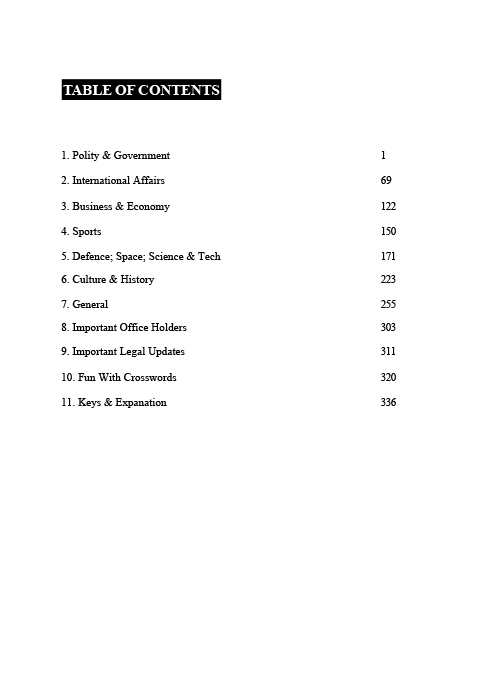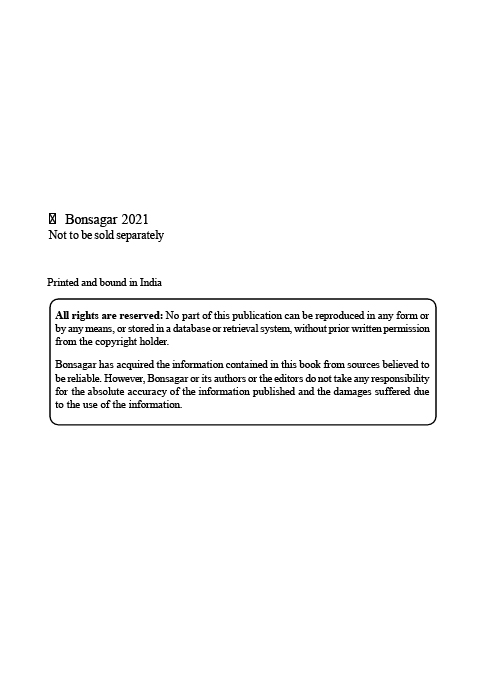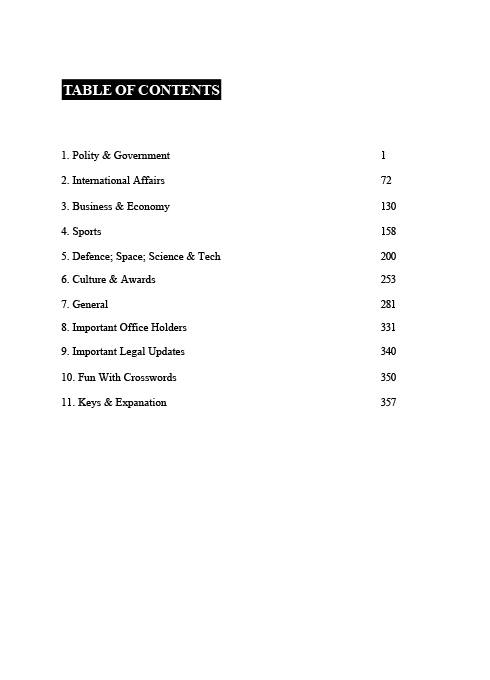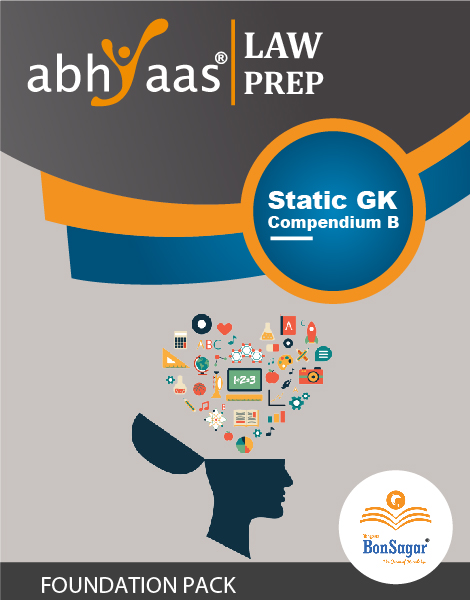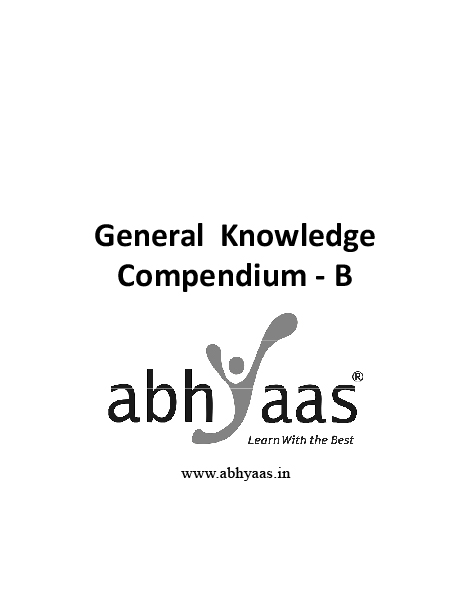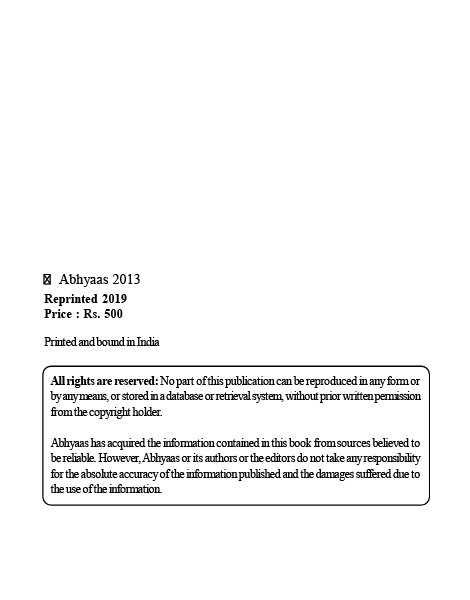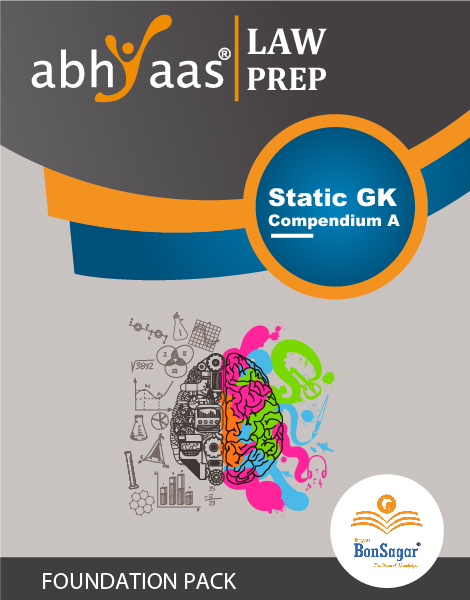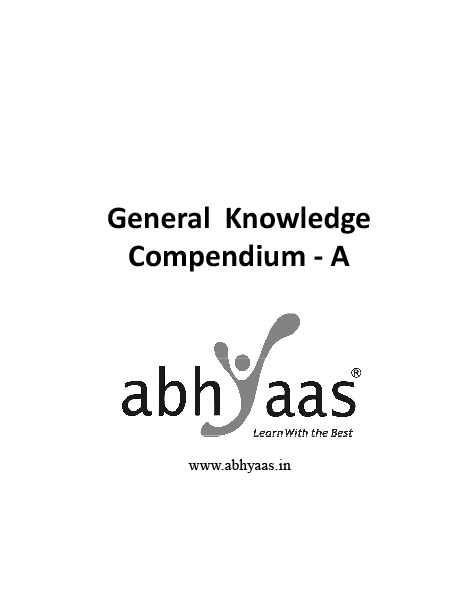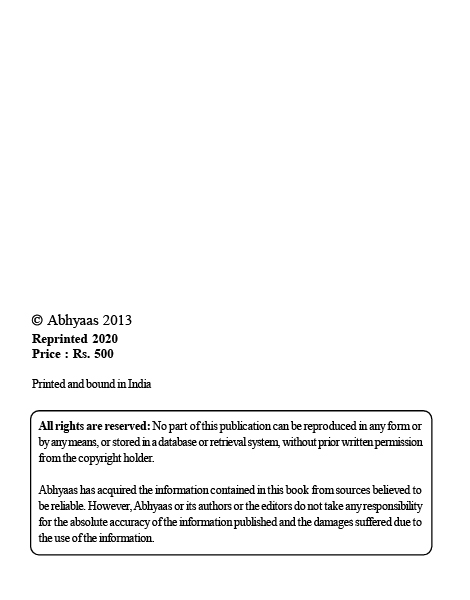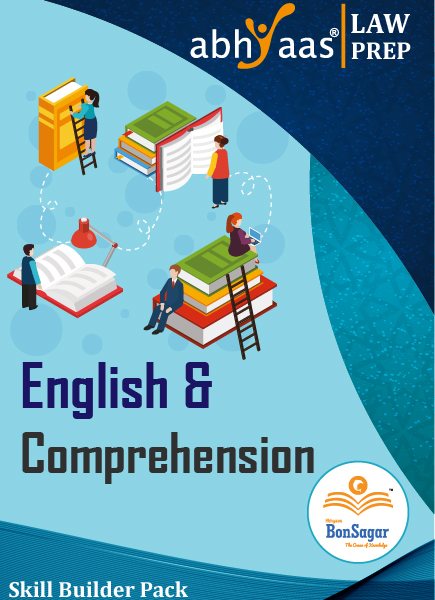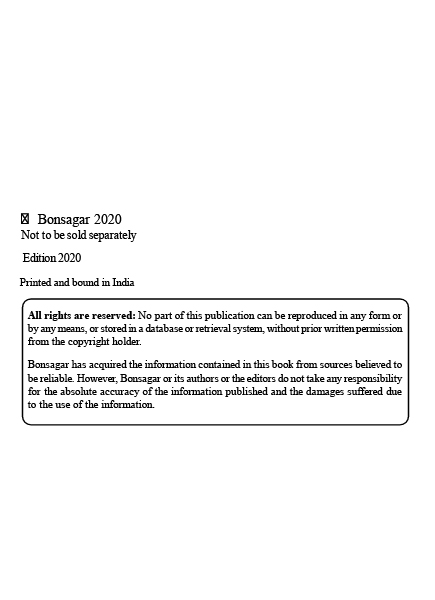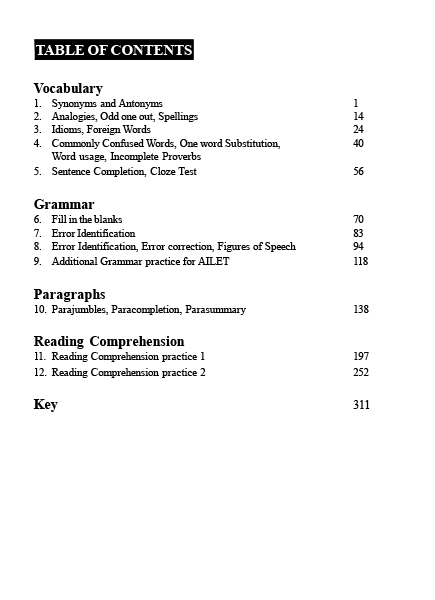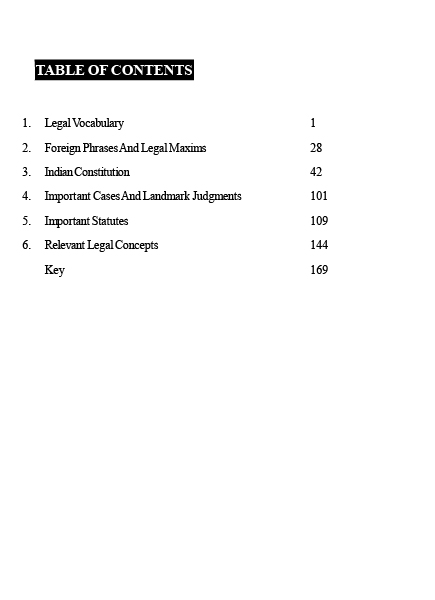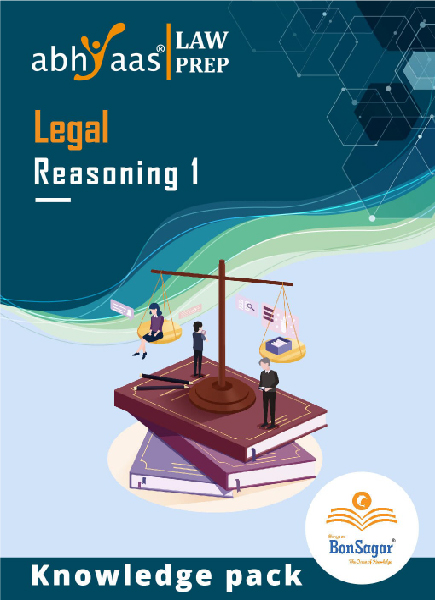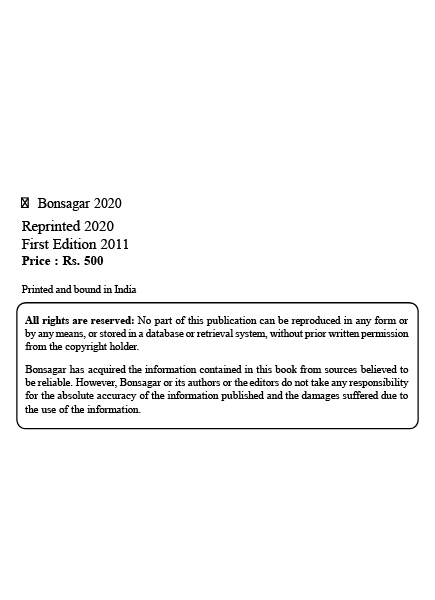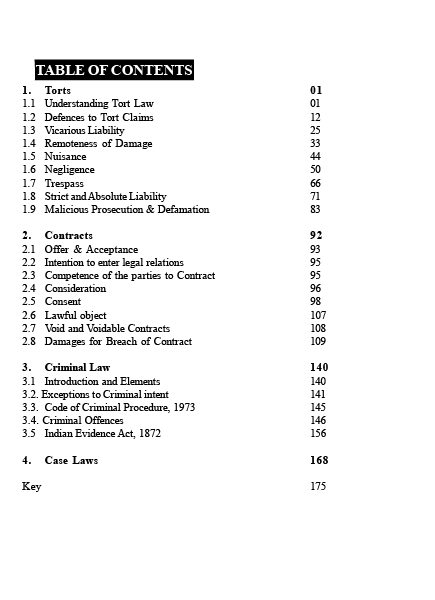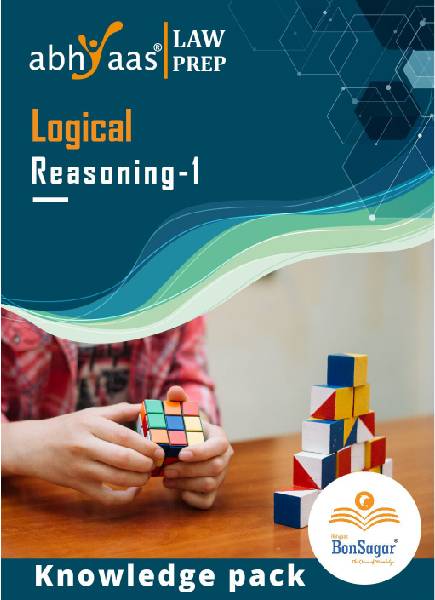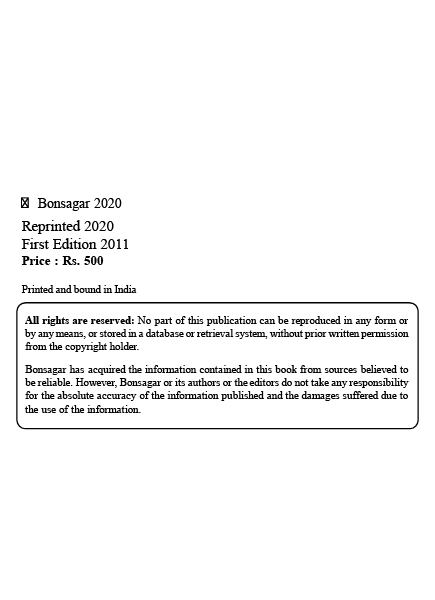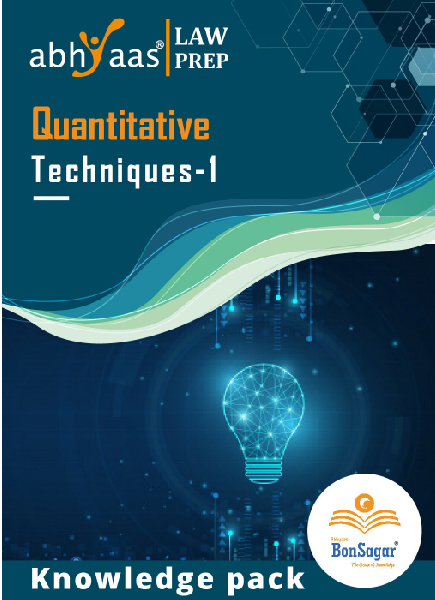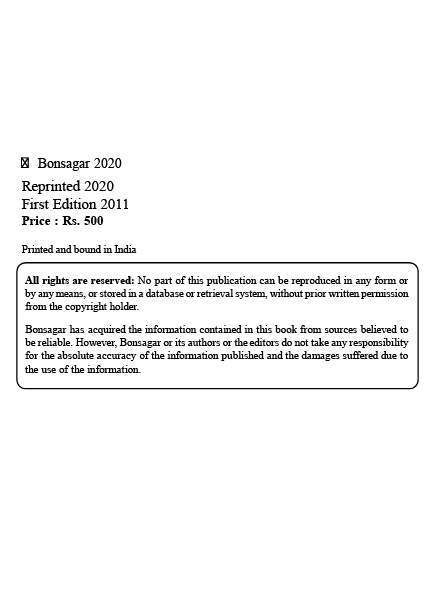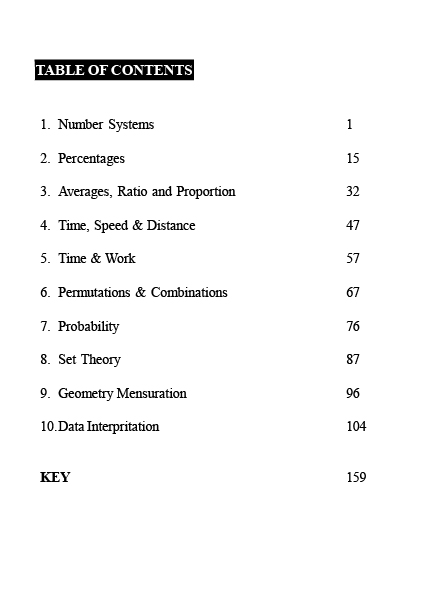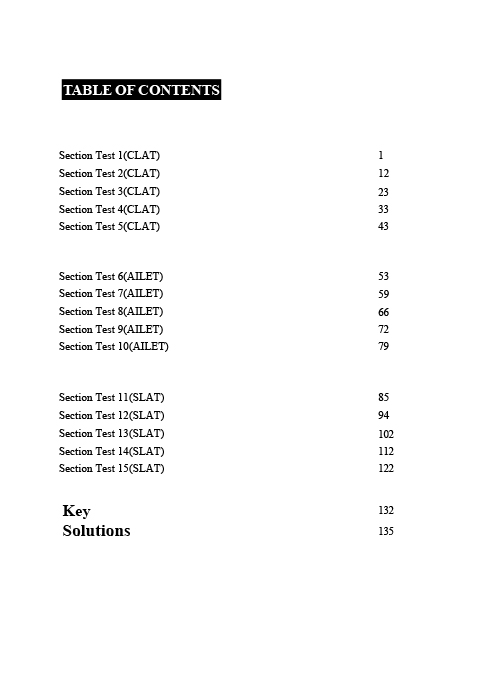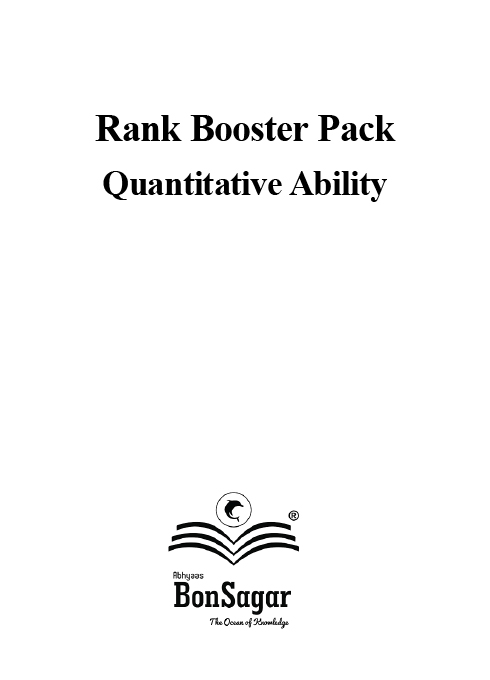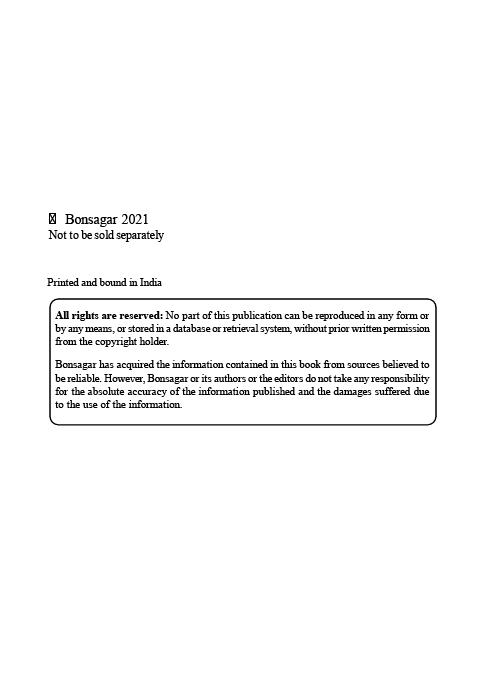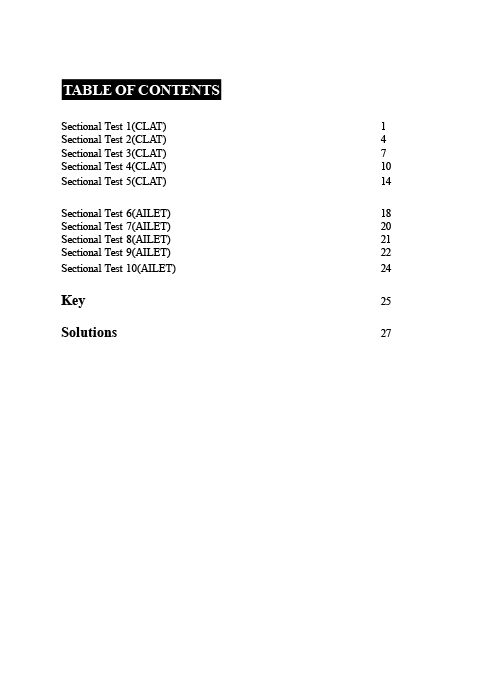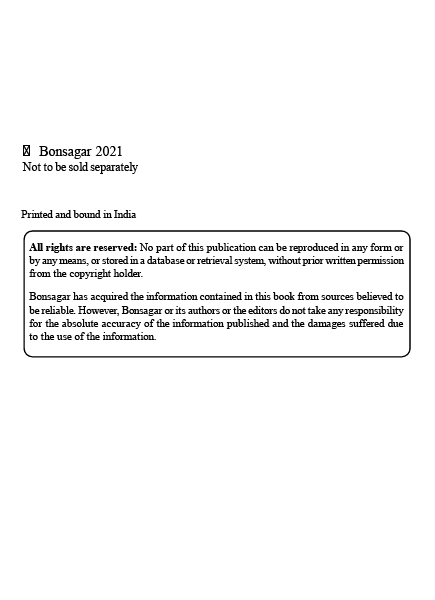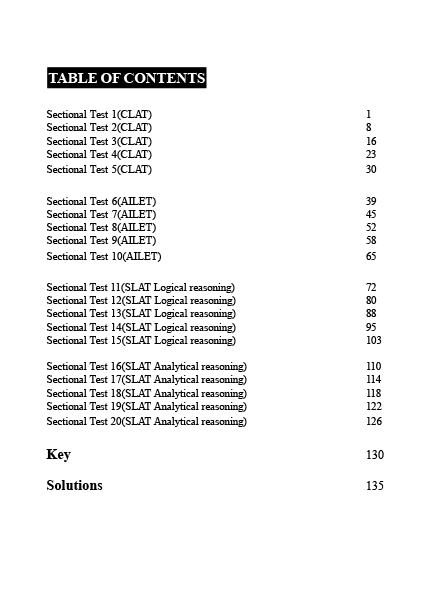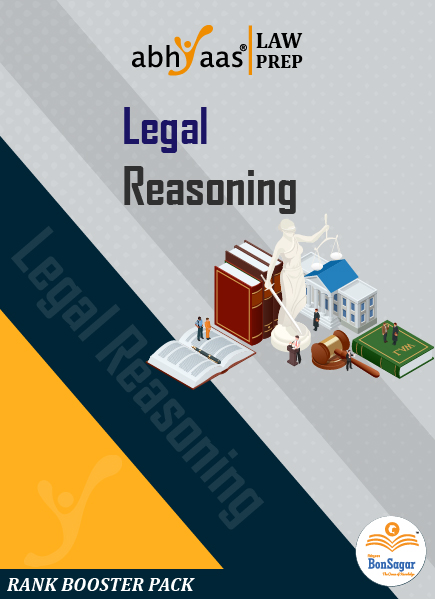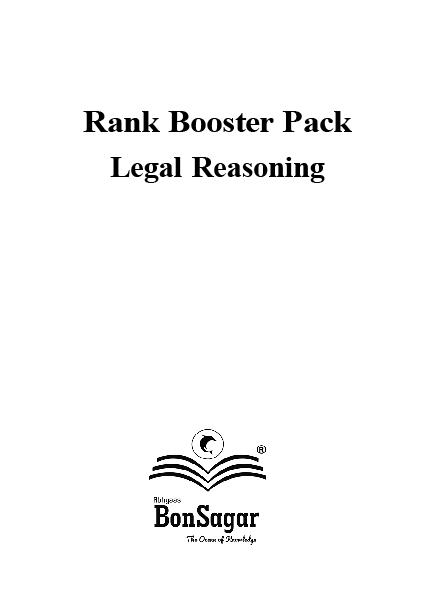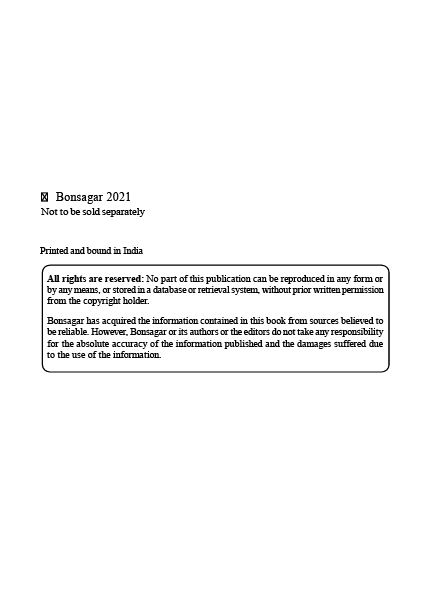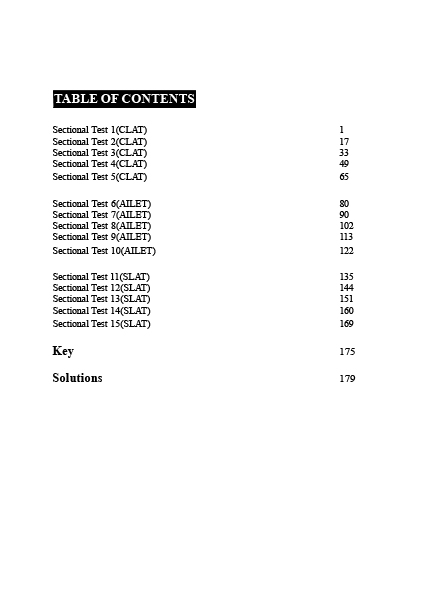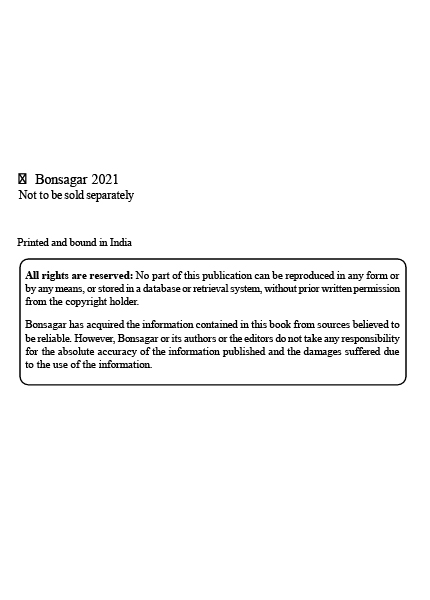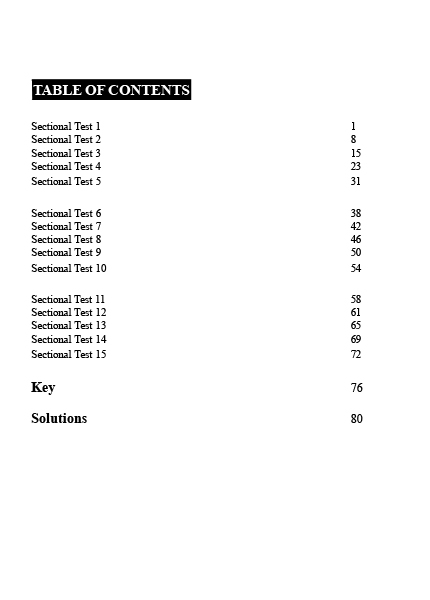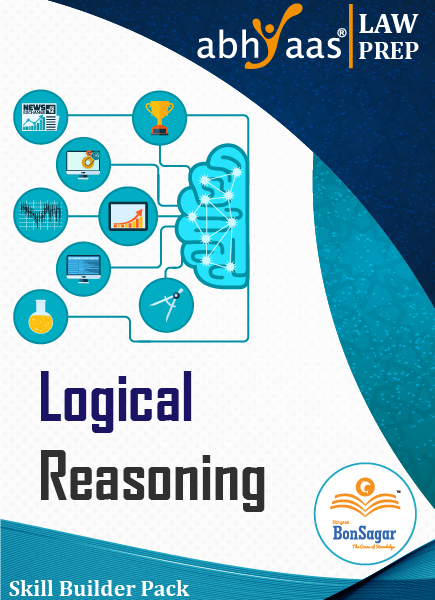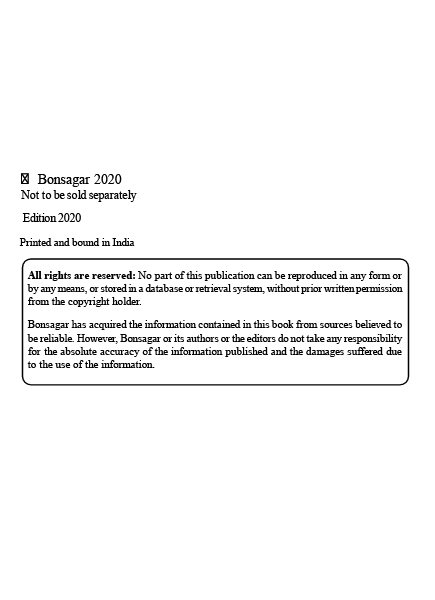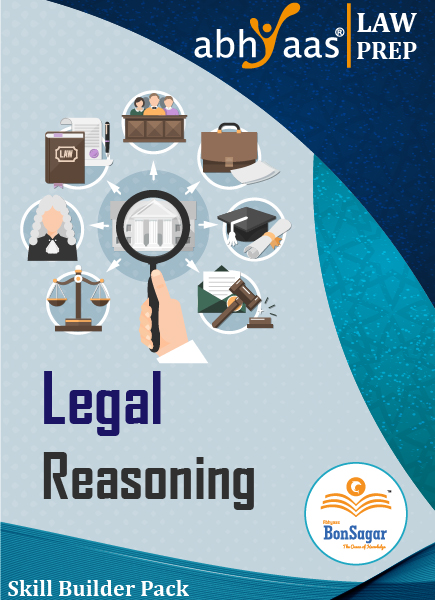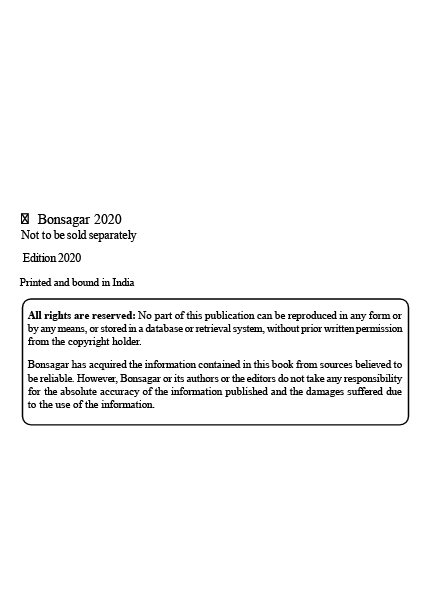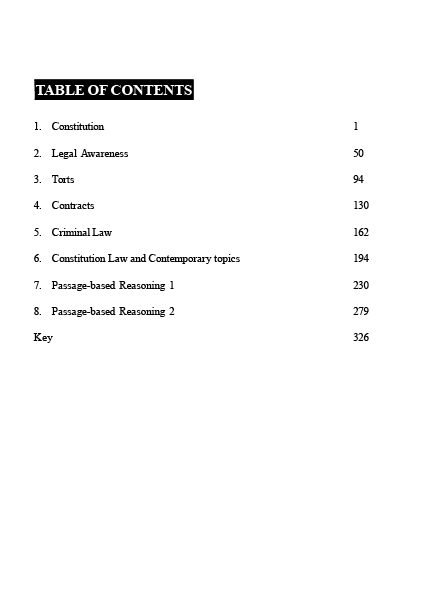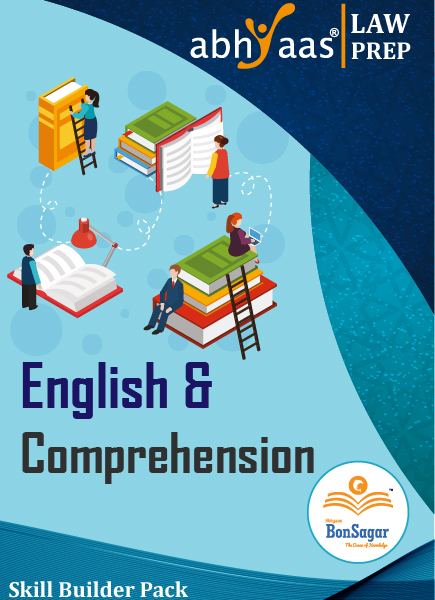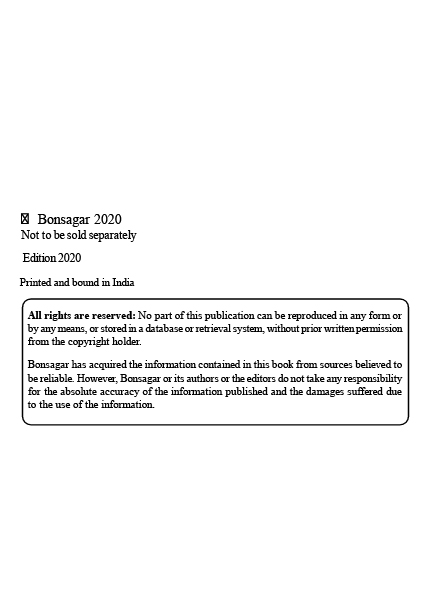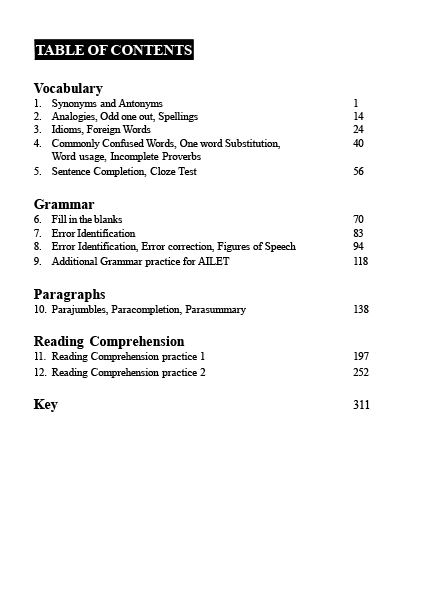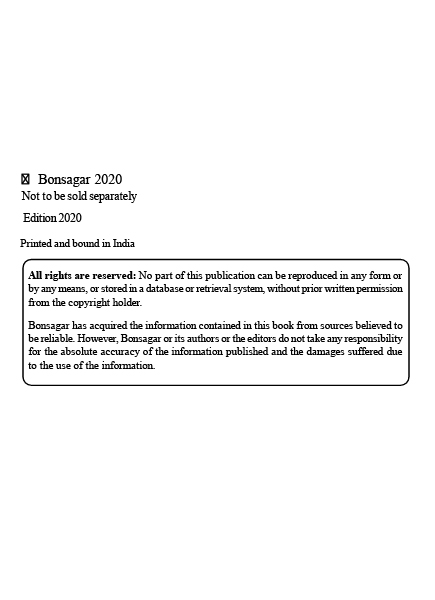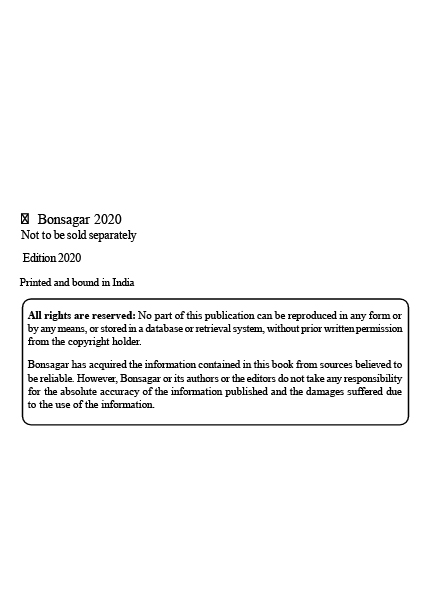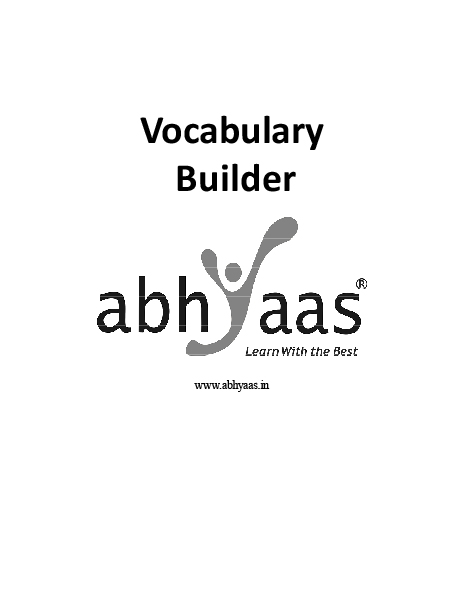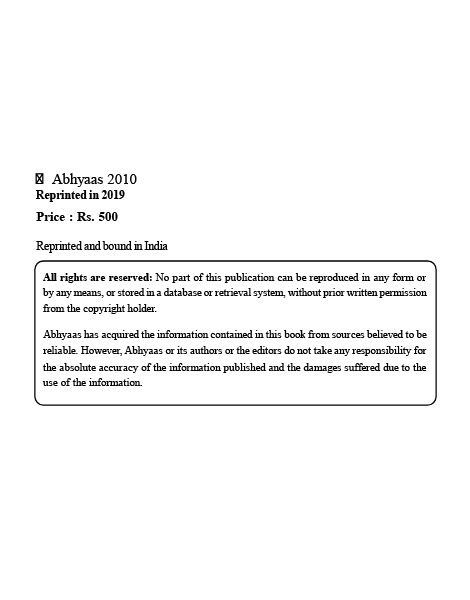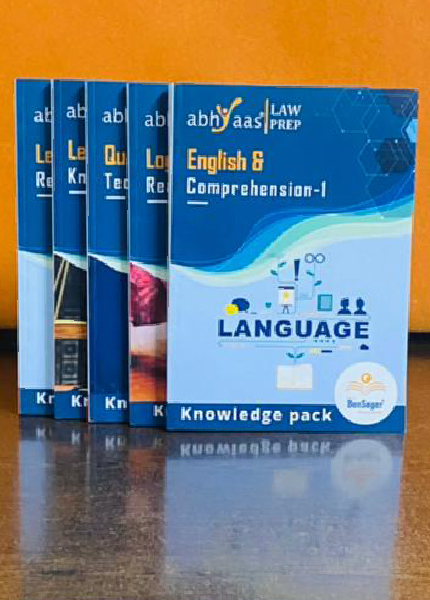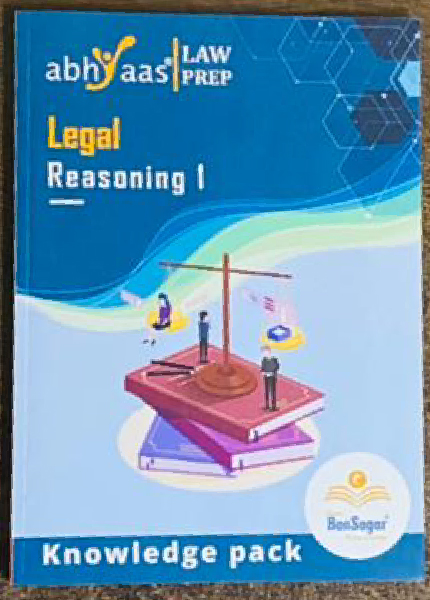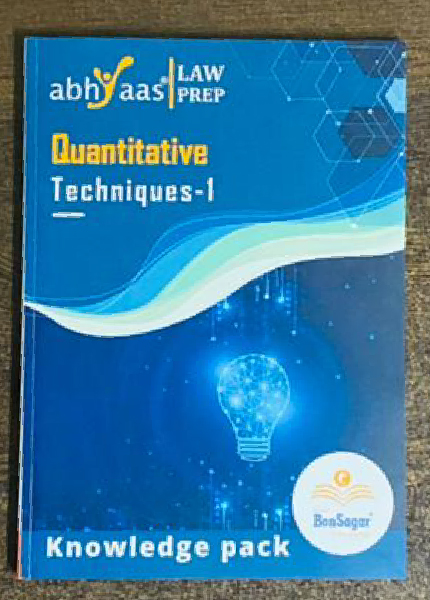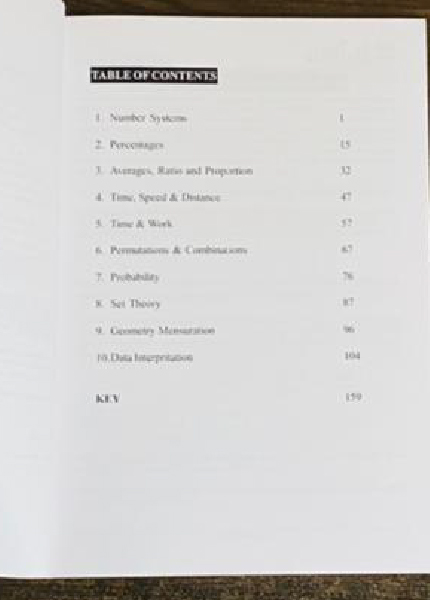
Offline CLAT: Boon or bane?
CLAT was being conducted online over the last few years and there have been technical glitches in its conduct. Considering this, the Consortium of National Law Universities (NLUs) has unanimously resolved that CLAT 2019 will be conducted offline. A Permanent CLAT Secretariat has been constituted with Prof Faisan Mustafa(Vice-Chancellor, NALSAR, Hyderabad) as Chairman and Prof V Vijayakumar(Vice-Chancellor, NLIU, Bhopal) as the Vice-President and its office in Bangalore.
How does it impact students? Is it a boon or a bane? Should they be happy or is it a cause for worry? What about students who have been preparing for an online CLAT over the last one year? These are the questions that will plague the students.
Well, to start with, there is absolutely no need to panic. The same thoughts go through the minds of all the CLAT takers. The impact will also be the same for every CLAT taker. So it is a level playing field in that sense.
Do understand that any exam preparation has two aspects – gaining conceptual knowledge and developing a strategy. Gaining conceptual knowledge is still the same. No change in syllabus has been announced so far, and it is likely to remain the same. So whatever efforts you have put in so far to develop your general knowledge, staying abreast with the current affairs, improving vocabulary and reading speed, gaining familiarity with legal concepts and principles, will still be needed. Continue to step up your efforts in enhancing your conceptual knowledge. That is a vital element for the CLAT preparation.
When it comes to pen-and-pencil mode vs online mode, let’s see the key differences:
- You can scribble, underline, make notes on the question paper, which was not possible in the online format. This will help in the lengthy questions of Reading Comprehension, Legal Principle-based questions, Logical Reasoning.
- Reading lengthy questions is much easier on paper than on the screen and you do not need to scroll. So basically you have the entire length of passage or information visible in a single view.
- It is easier to skim through the entire paper before starting the exam. Though this facility was also provided in the online format, it is not the same as feeling the paper in hand and possibly making notes/indications.
- You need to plan time for OMR-bubbling and also be careful to ensure it is done neatly and correctly, else your answer will not be considered. Moreover, you cannot change your answer, if you have to use a pen, which was easily done in the online CLAT.
- Navigating through different sections, especially unanswered questions needs to be planned by you. There is no indication available regarding how many questions are left unanswered. So you will need to mark them and then go back and navigate to solve. This was done by the system earlier through colour codes.
So you see, there are both pros and cons. It does not really matter whether the exam is online or offline. The key is to be prepared for that mode. CLAT-preparation can also happen online or offline. In fact, there is a wealth of information available online. So go ahead and continue your preparation as usual. Use news apps, read websites, books, take mocks, tests, quizzes regularly. In the last few months, ensure you take plenty of offline exams so you are able to tune yourself to the offline mode of taking the test – managing the time, bubbling, going back and forth, looking for unanswered questions. Wish you all the best for an enjoyable CLAT-preparation!!!






